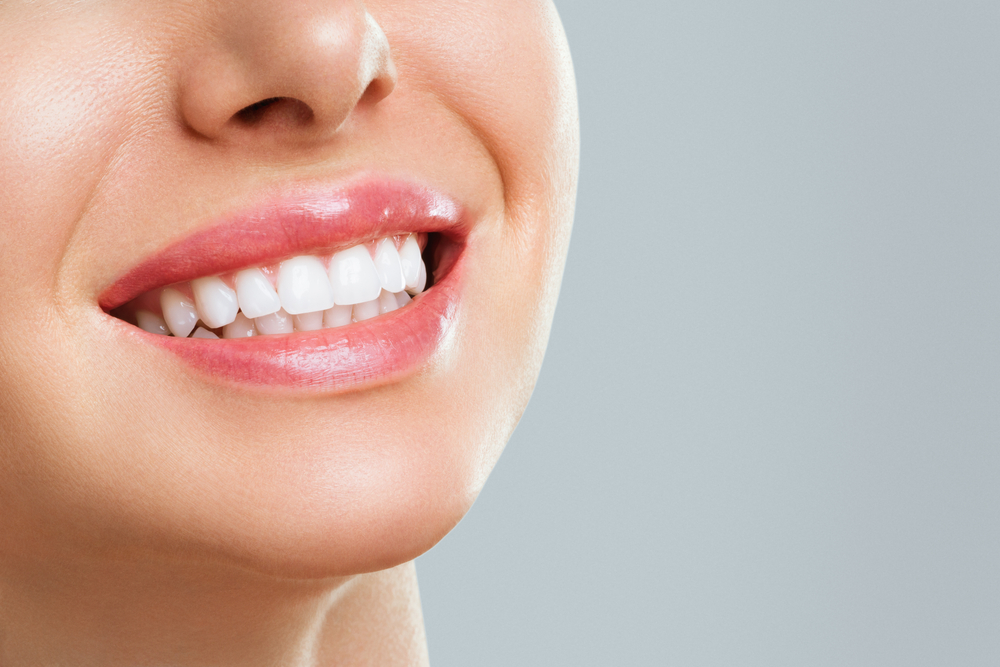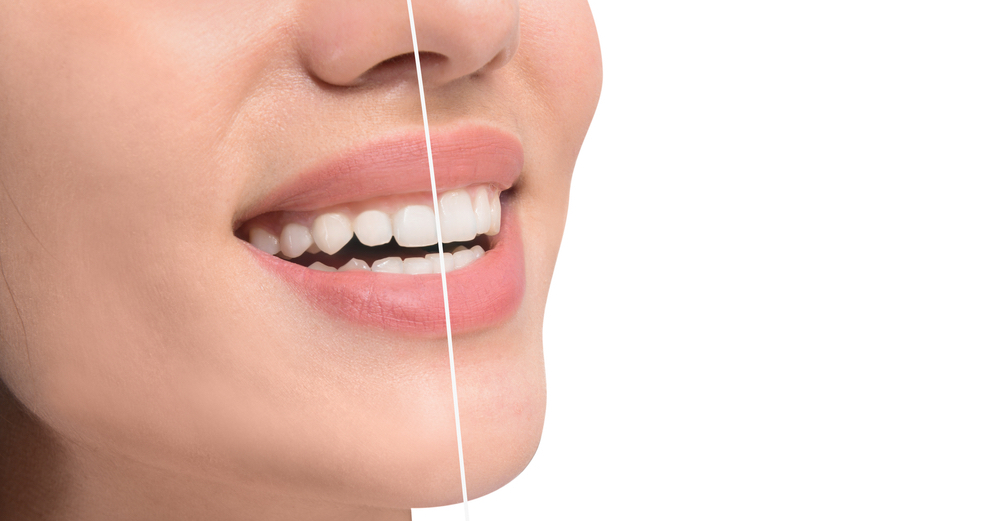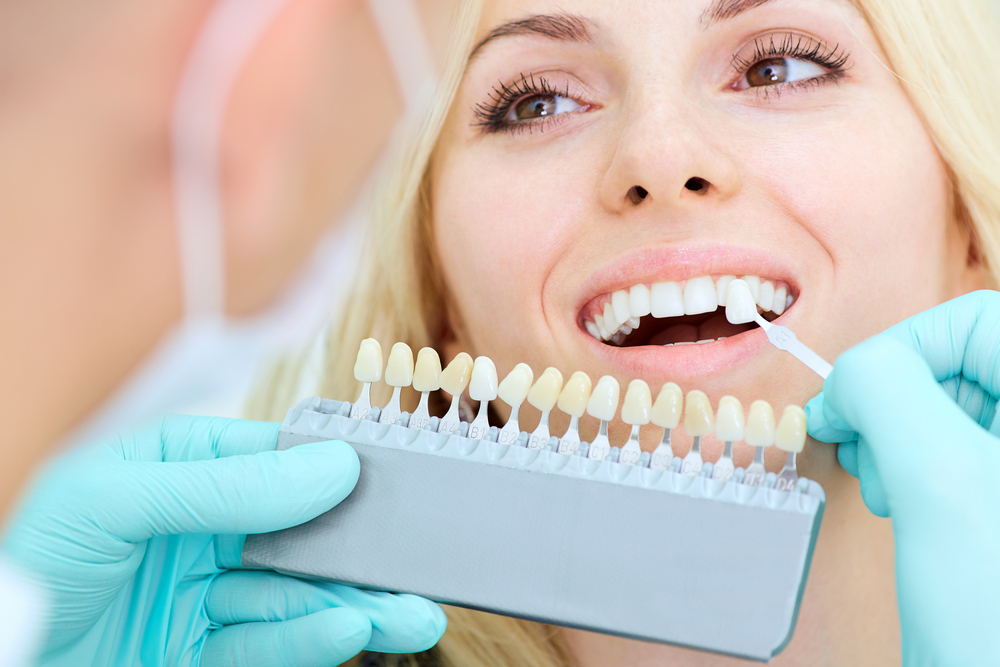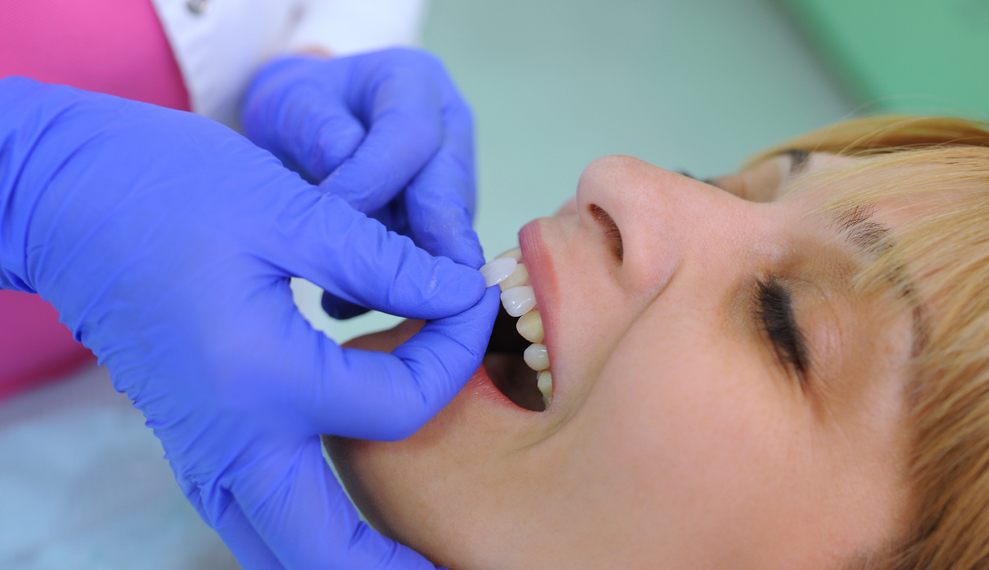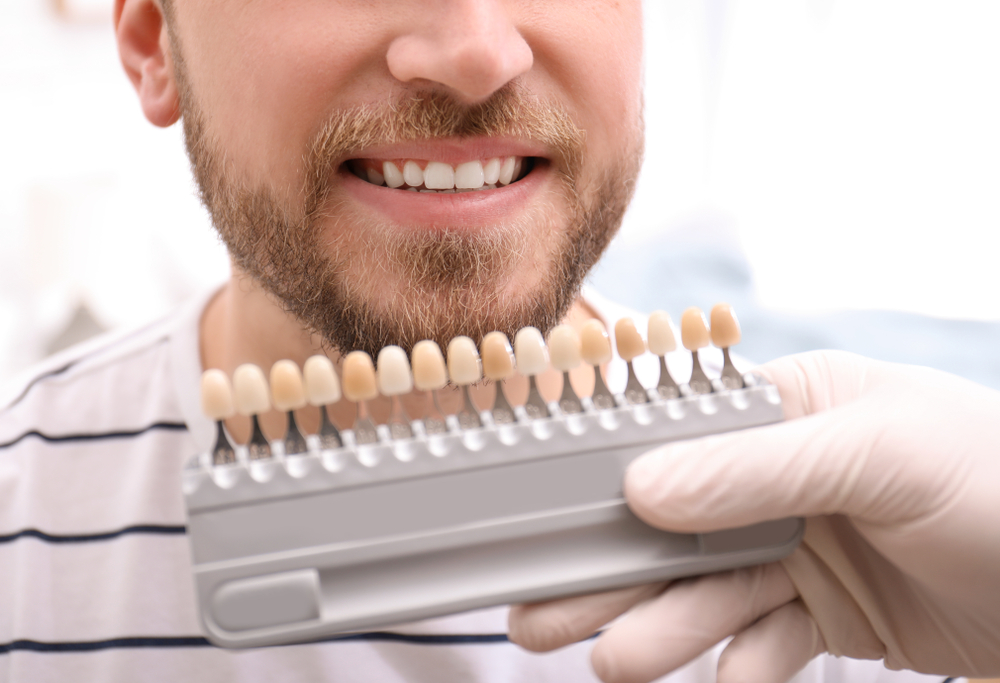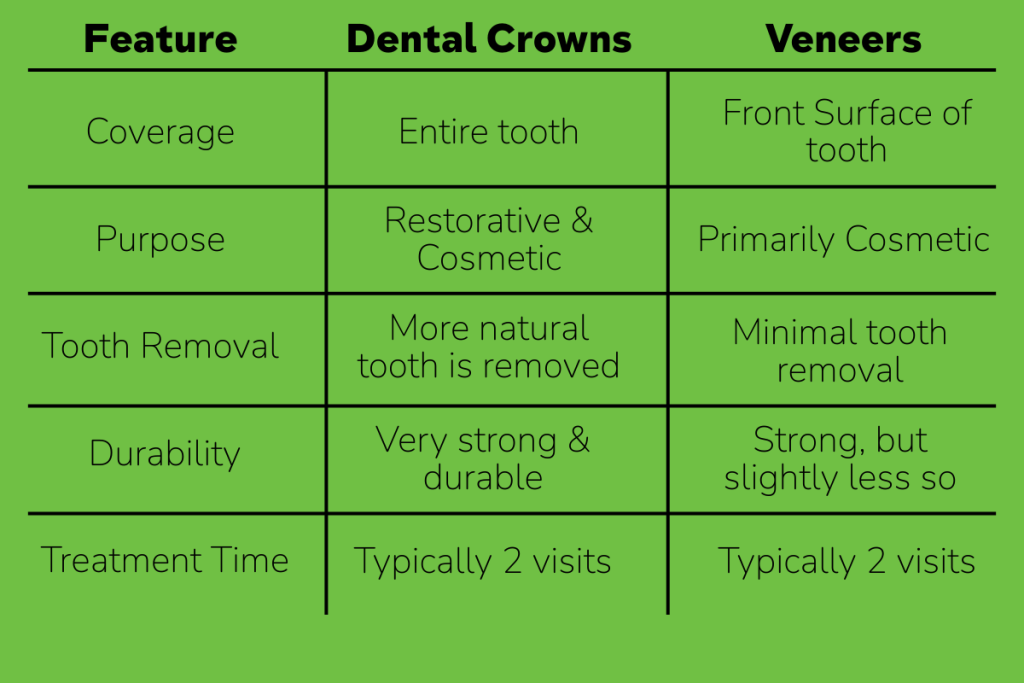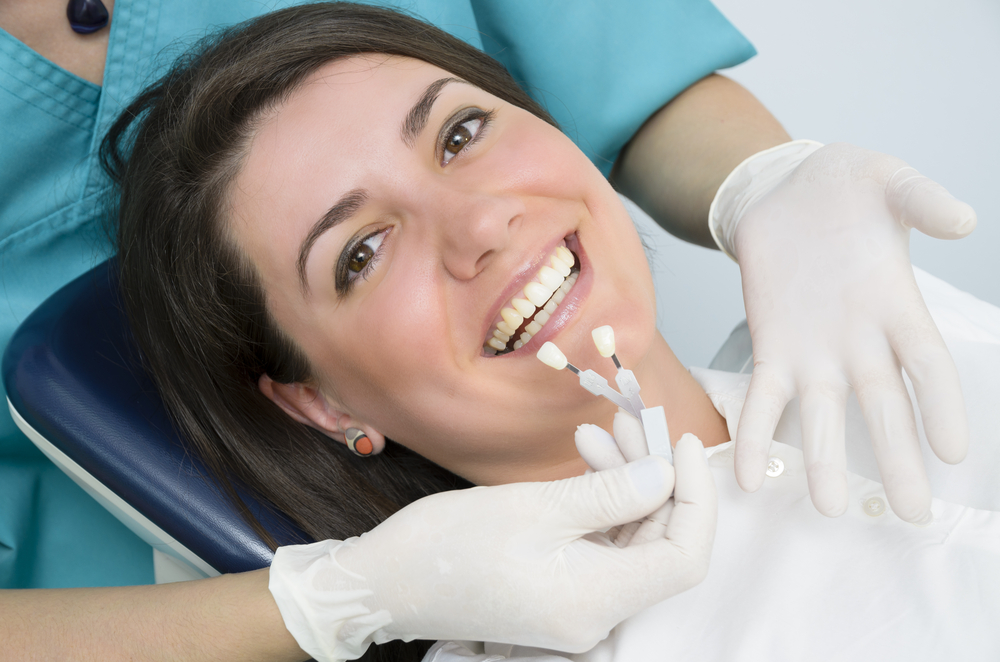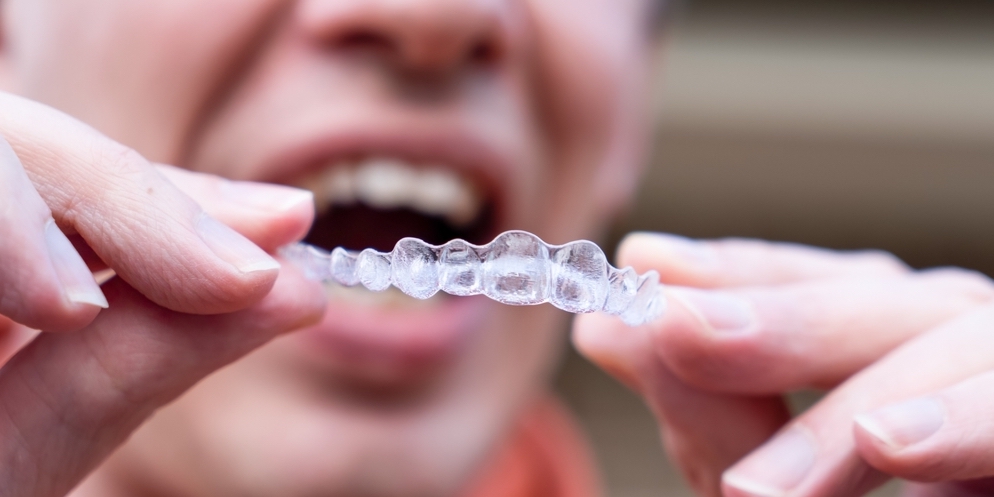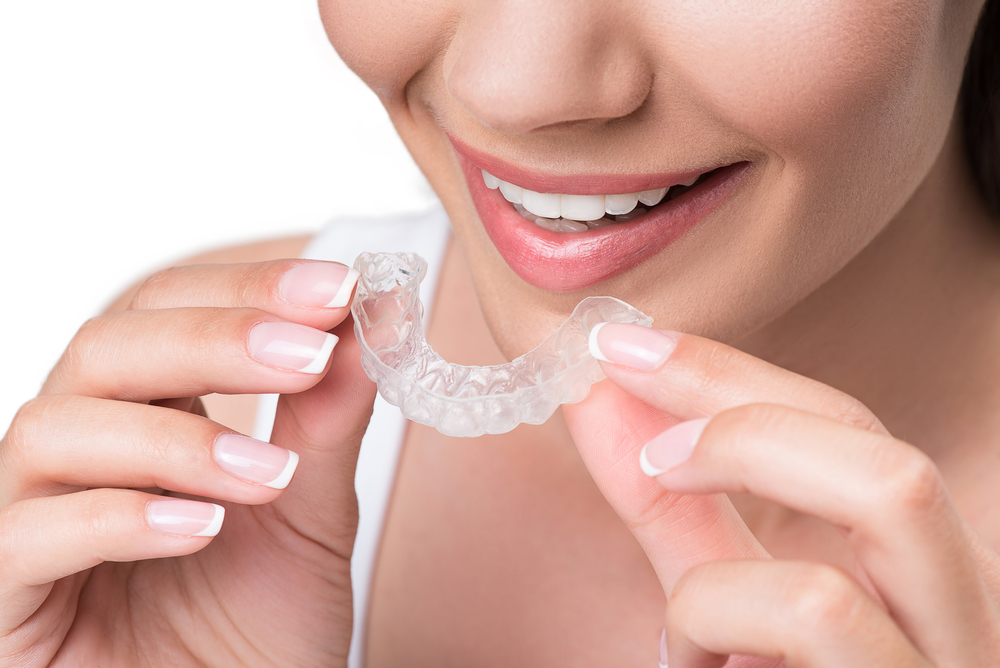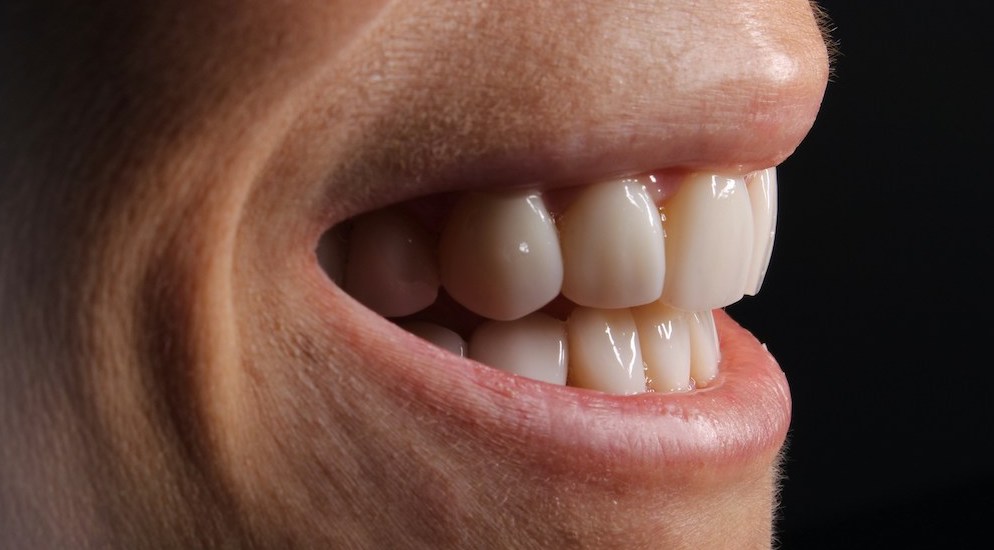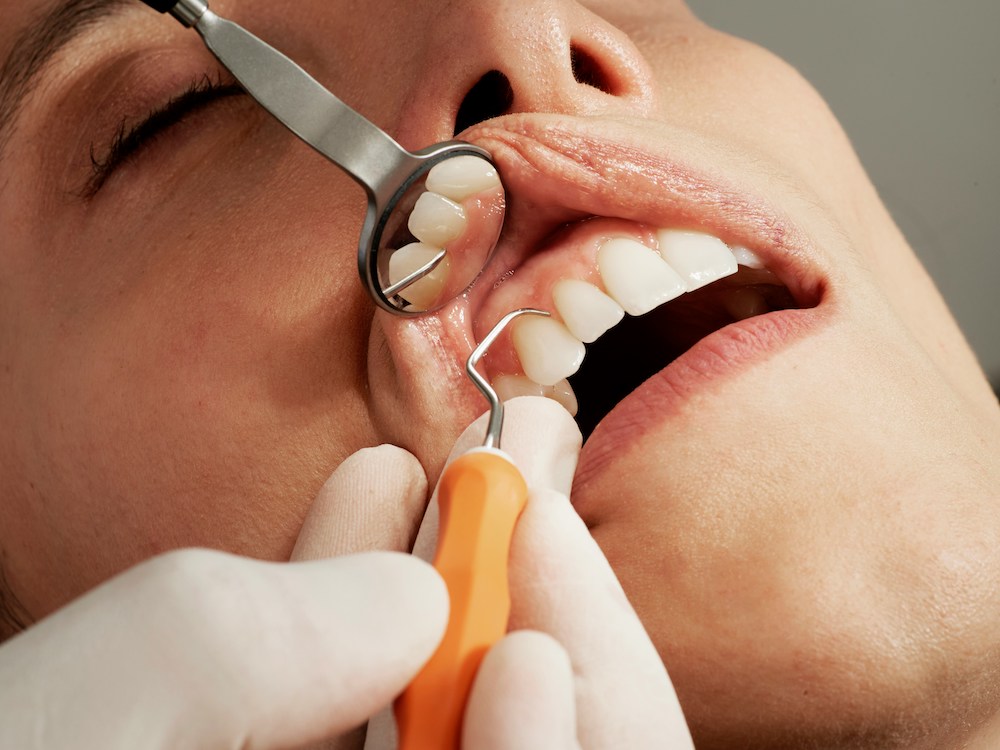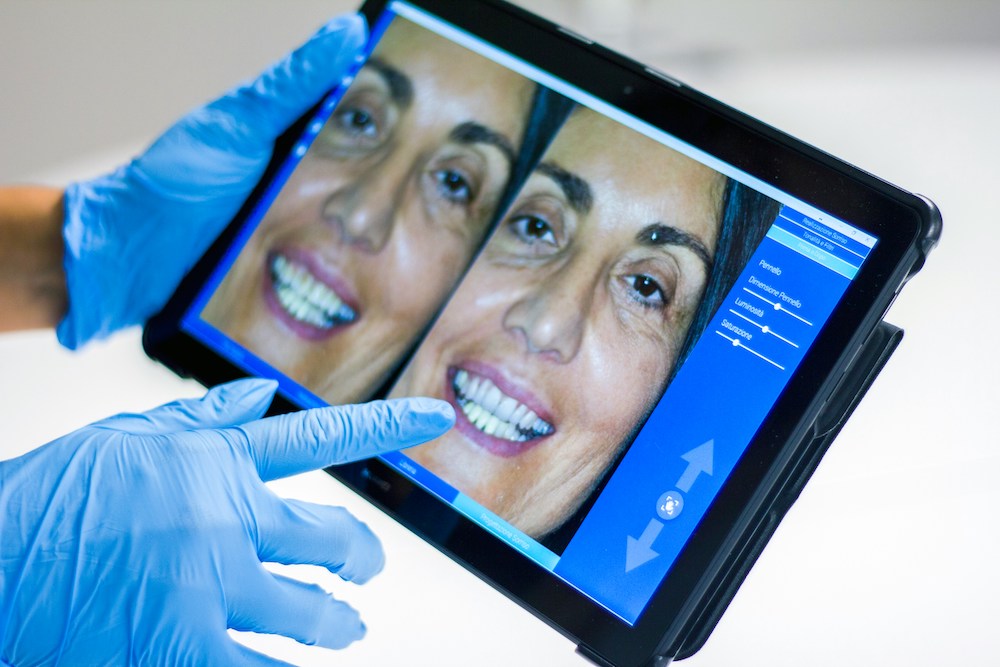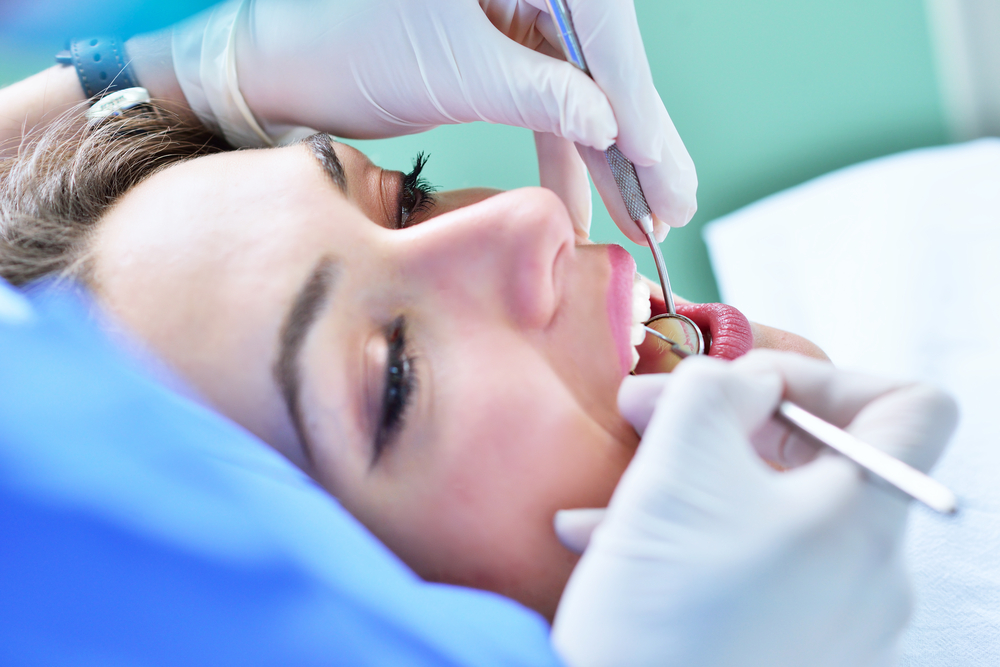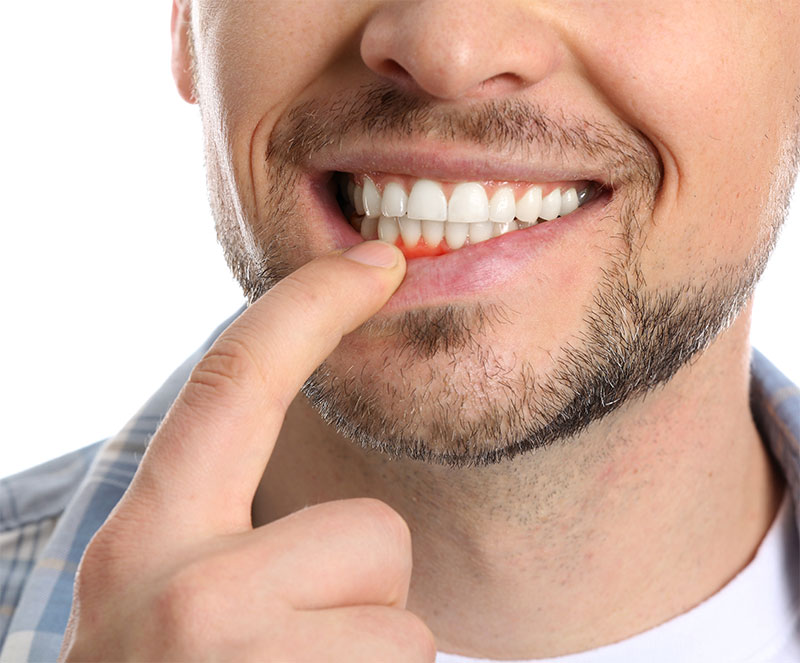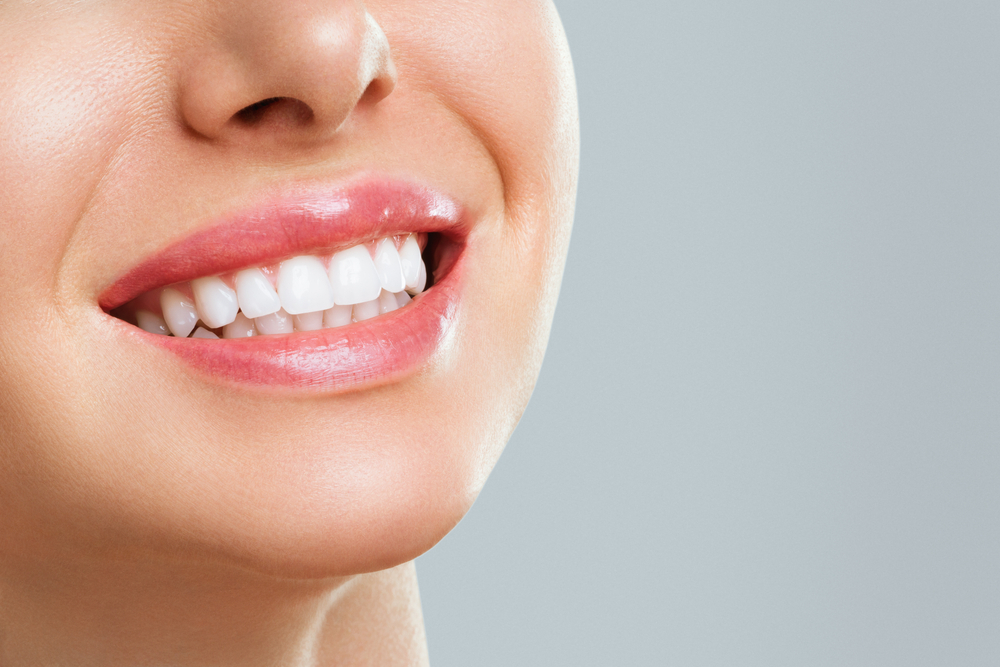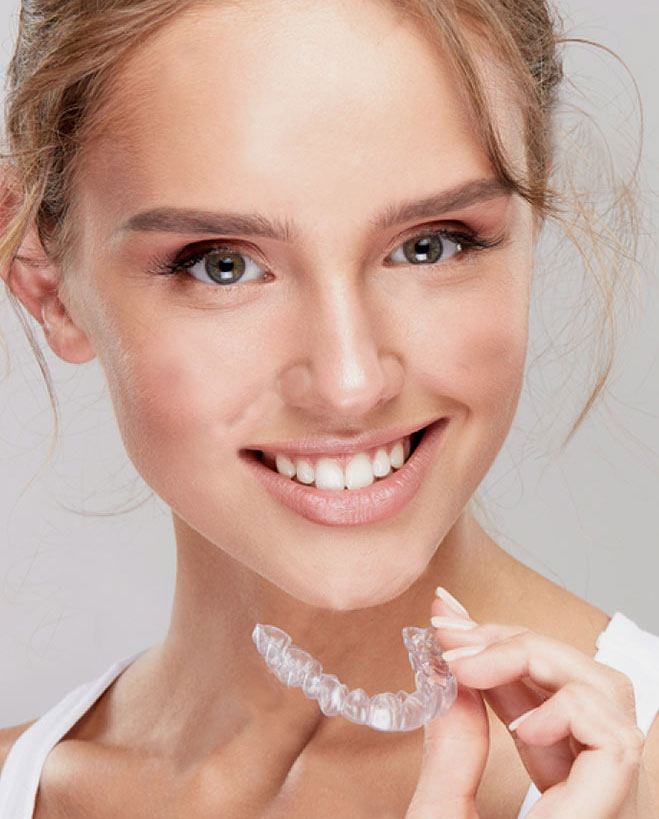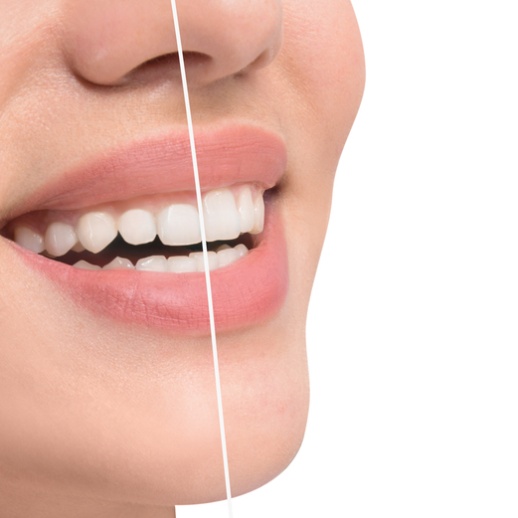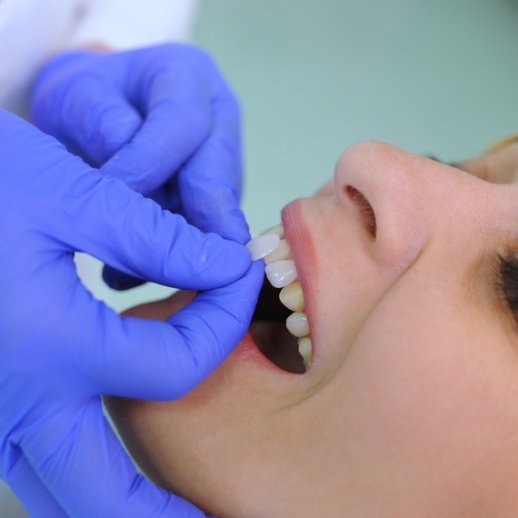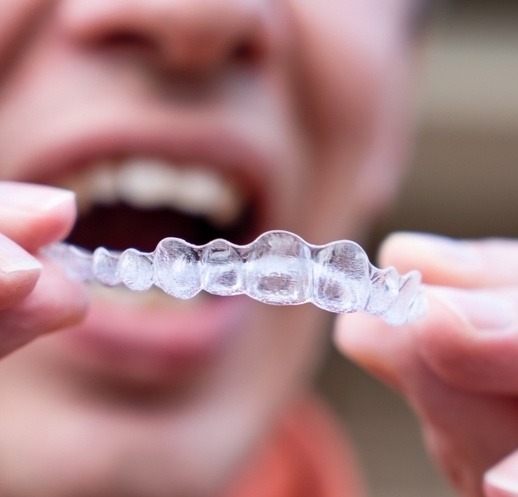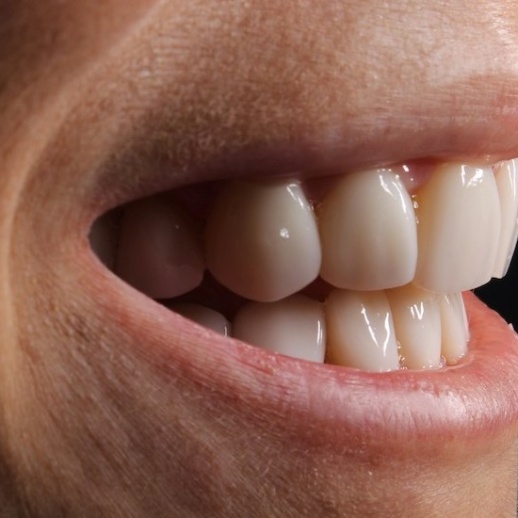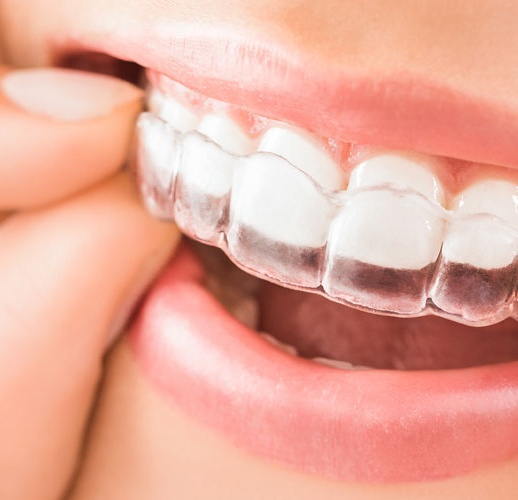Fixing Gaps, Chips, and Stains: Cosmetic Dentistry Solutions At Kenmore Smiles
Everyone deserves a smile they’re proud to show off. At Kenmore Smiles Family Dentistry, we understand how much your smile impacts your confidence, self-image, and first impressions. If gaps, chips, or stains are holding you back from smiling freely, cosmetic dentistry offers transformative solutions that are both effective and accessible.

Why Consider Cosmetic Dentistry?
Cosmetic dentistry goes beyond aesthetics—it’s about restoring comfort, function, and your natural confidence. Here are a few key benefits:
Enhanced Confidence:
When you love your smile, you’re more likely to express yourself freely in social and professional settings.Better Oral Health:
Some cosmetic procedures also correct misalignments or damage that could lead to future dental issues.Long-Lasting Results:
With modern techniques and materials, cosmetic dental treatments are more durable and natural-looking than ever before.Quick and Minimally
Invasive: Many solutions require only one or two visits and involve little to no downtime.Solutions We Offer for Gaps, Chips, and Stains
At Kenmore Smiles, we offer a variety of cosmetic dentistry treatments tailored to your unique needs and goals:
1. Dental Bonding
Perfect for small chips, cracks, or gaps, dental bonding uses a tooth-colored resin to reshape and restore your teeth. It’s quick, painless, and often completed in a single visit.
2. Porcelain Veneers
Veneers are ultra-thin porcelain shells bonded to the front of your teeth. They can cover deep stains, close gaps, and correct minor misalignments for a flawless, natural look.
3. Professional Teeth Whitening
Over-the-counter whitening kits often deliver underwhelming results. Our professional whitening treatments safely brighten your teeth by several shades, removing years of stains caused by coffee, wine, smoking, or aging.
4. Tooth-Colored Fillings
Old metal fillings can darken your smile. We offer natural-looking composite fillings that blend seamlessly with your teeth—restoring strength without compromising aesthetics.
5. Invisalign® Clear Aligners
For patients looking to correct spacing and alignment issues without traditional braces, Invisalign offers a discreet, comfortable alternative.
6. Crowns and Onlays
If you have severely chipped or broken teeth, crowns and onlays provide both cosmetic and structural restoration, bringing back your tooth’s function and beauty.
.
Your Smile Makeover Starts Here: Contact Kenmore Smiles Family Dentistry Today!
Whether you’re dealing with minor flaws or dreaming of a complete smile transformation, our compassionate team at Kenmore Smiles is here to help. We take time to understand your goals and customize a plan that fits your lifestyle and budget.
Located in the heart of King County, Washington, Kenmore Smiles Family Dentistry proudly serves patients in Kenmore and surrounding communities. If you’re ready to enhance your smile and boost your confidence, we invite you to schedule a consultation today.
Call us or book online—we can’t wait to help you love your smile again!
